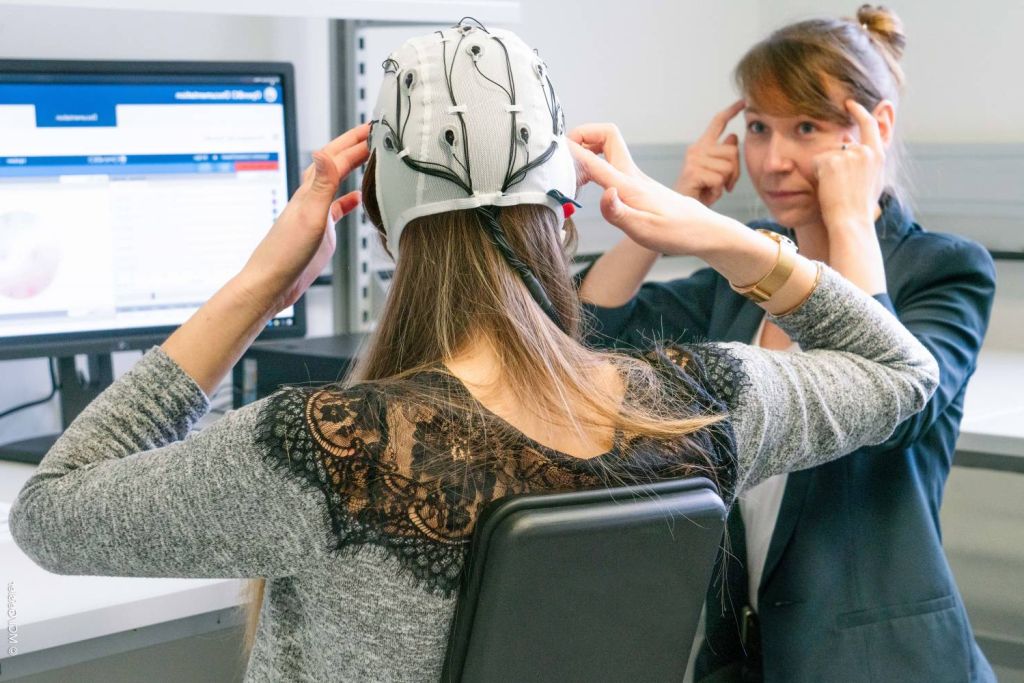
In recent years, sports technology has advanced remarkably, significantly impacting athletic performance and competition across various disciplines. A notable example is the 2008 Olympics, where American swimmers wore new full-body swimsuits that helped break numerous records. The success of these suits was so profound that they were eventually banned from competition. Since then, technological innovation has continued to influence almost every sport, from carbon fiber-plated running shoes to other high-tech gear, revolutionizing athletics. These advancements benefit not only elite athletes but also everyday fitness enthusiasts, providing tools like health-monitoring wearables that track sleep quality, heart rate, and blood oxygen levels. Additionally, artificial intelligence (AI) simplifies creating personalized training schedules and nutritional plans, transforming fitness journeys and promoting a more active and health-conscious lifestyle.
Revolution in Competitive Sports: From Swimwear to Marathon Milestones
Sports tech advancements have garnered significant attention in recent years, exemplified by Eliud Kipchoge’s sub-2-hour marathon in 2019. Breaking the 2-hour barrier, previously deemed impossible, Kipchoge’s achievement of 1:59:40 was the result of meticulous planning and years of scientific and technological support, from ideal race conditions to specialized gear. One key factor was the Nike Air Zoom Alphafly NEXT% shoes, engineered to optimize energy return with carbon fiber plates, enhancing efficiency and conserving the runner’s energy. This innovation has inspired a range of sports footwear, from daily trainers to racing spikes, all leveraging similar technology to improve performance.
Technological breakthroughs extend beyond running shoes. Advancements in swimming and cycling gear, such as the previously mentioned banned swimsuits, reduce drag and increase buoyancy and speed. In cycling, race bikes and helmets have become more aerodynamic and efficient, significantly reducing race times. However, some critics label this technological influence as “mechanical doping,” akin to cheating. While this is a contentious issue, professional sports leagues have acknowledged the concern by banning specific gear to maintain the human element of athletics.

The Rise of Smart Tech in Everyday Fitness
Technological advancements aren’t limited to competitive gear; they also enhance everyday training and health monitoring. Smartwatches, for example, have evolved from simple timepieces to sophisticated fitness trackers, providing insights into workouts, heart rate, and recovery. They can calculate daily calorie burn, offer exercise reminders, and track hydration, standing, and meditation. One of the most valuable features is sleep tracking, which monitors sleep quality and restlessness, providing essential recovery insights for optimal training and performance.
The swimming community has also embraced wearable tech with innovations like smart swim goggles. Goggles such as the Form Smart Swim Goggles display real-time metrics like timing, distance, and pace, giving swimmers immediate feedback. These goggles can also connect to a smartphone to upload workout statistics for in-depth analysis and trend tracking.
The AI Edge in Personal Fitness and Nutrition
The development of AI programs has had a transformative impact on exercise and health planning. Apps like Strava utilize AI and user activity history to create personalized training plans, recommending workouts or rest days based on past performance. This trend is gaining traction, making customized workout routines accessible to fitness beginners, including students.
AI programs like ChatGPT are also used to create meal plans and recipes, helping individuals plan healthy meals with available ingredients. This functionality can reduce food waste and introduce new recipes, making meal planning more manageable and varied. As these AI-driven tools continue to evolve, they will likely become more prevalent and refined, further enhancing fitness and nutrition management.
The Future
In conclusion, the rapid advancement of technology has undeniably transformed sports and fitness, significantly impacting both elite athletic performance and everyday fitness routines. While opinions on the fairness of certain advanced technologies in sports may vary, their potential to make exercise more accessible and engaging for a broader audience, including students, is undeniable. As technology continues to advance, new possibilities and opportunities will emerge for athletes, students, and fitness enthusiasts alike. The future promises exciting developments that will further enhance how we engage with sports and maintain our health.